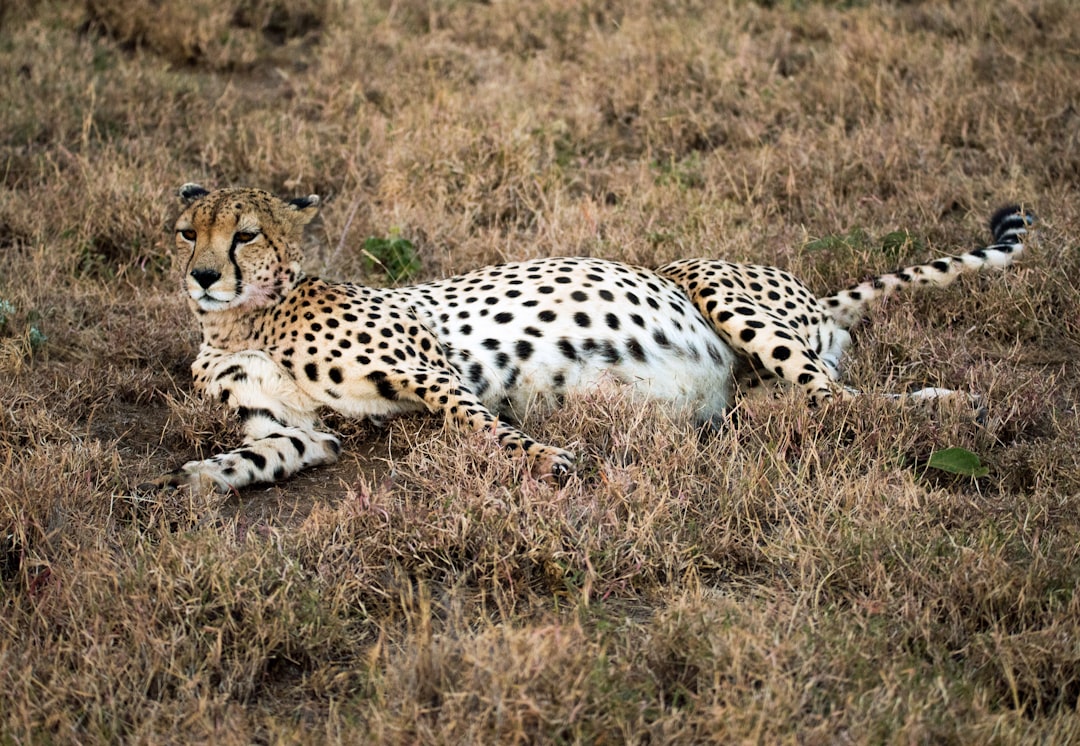What is it about?
This study provides preliminary findings related to whether and how the roosting of starlings (Sturnus vulgaris) in reedbeds influences the survival of clutches of the great reed warbler (Acrocephalus arundinaceus). During the nesting seasons of 2014 and 2015, we surveyed the complete area of a mining pond in Serbia (south-eastern Europe) for great reed warbler nests, and the presence of roosting starlings was also recorded. Using the Mayfield method, we estimated the daily survival rate of great reed warbler eggs and nestlings, and compared these rates between starling roosting and non-roosting areas. Although both egg and nestling survival rates were lower in the Starling roosting than in the non-roosting areas, the differences were not significant, which was also reflected in overall nesting success. However, when only data from the time period when starling roosting occurred, the overall great reed warbler egg survival was significantly lower in roosting areas than in non-roosting areas.
Featured Image
Why is it important?
Our results suggest that Starling roosting did not influence the clutch survival of the great reed warbler significantly, but that there can be a negative short-term or local effect.
Perspectives
Our study implies that a larger number of starlings and a longer roosting period could affect clutch survival more negatively.
Dr Thomas Oliver Mérő
Nature Protection and Study Society - NATURA
Read the Original
This page is a summary of: Negative effect of roosting starlings (Sturnus vulgaris) on clutch survival in the great reed warbler (Acrocephalus arundinaceus), Biologia, January 2016, De Gruyter,
DOI: 10.1515/biolog-2016-0036.
You can read the full text:
Contributors
The following have contributed to this page










